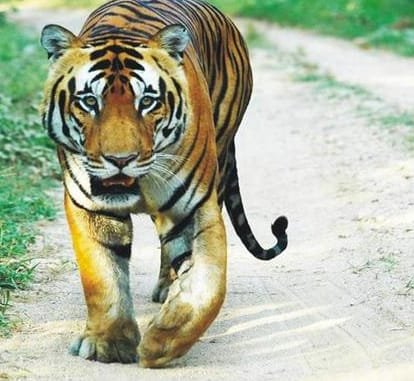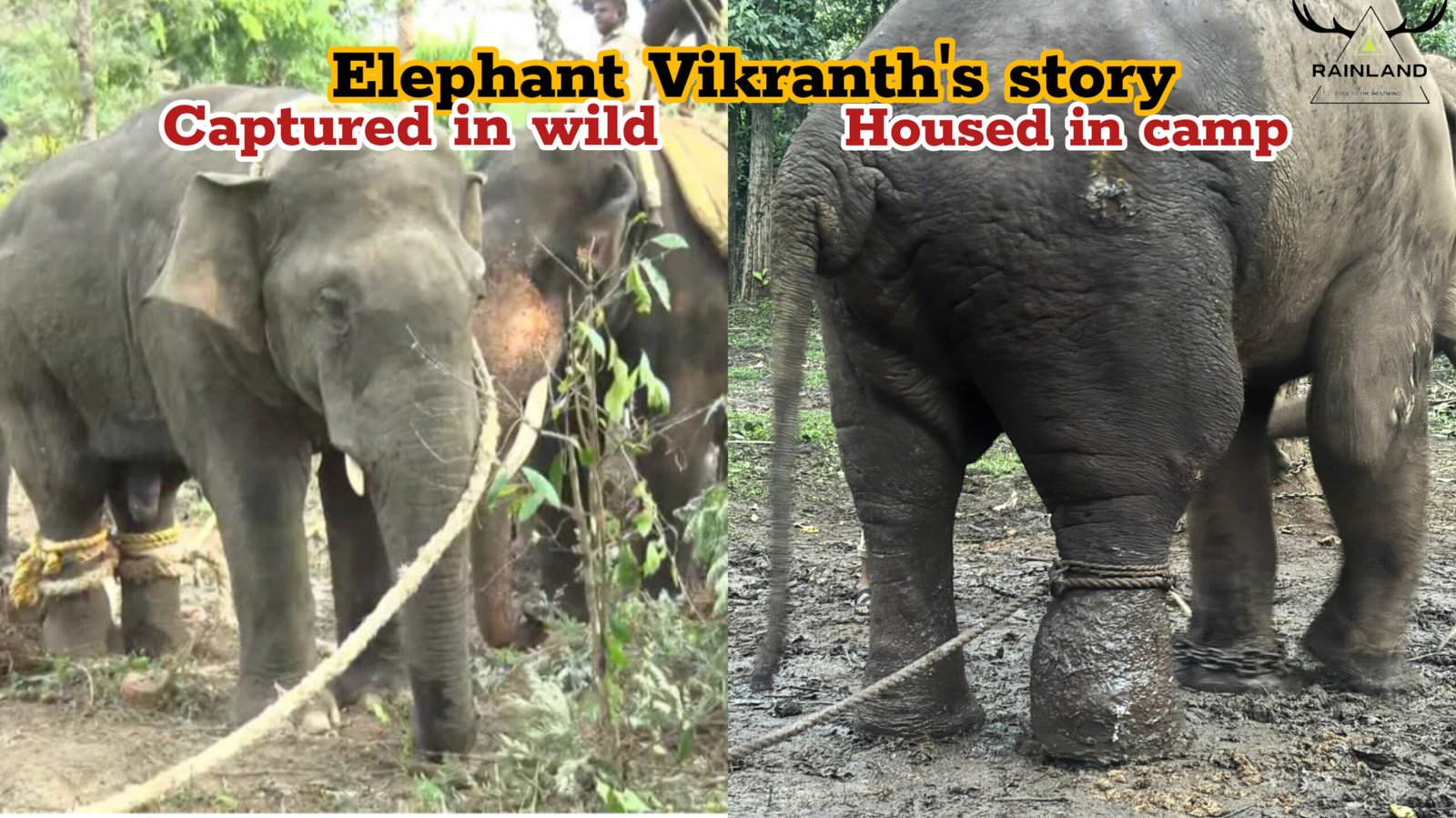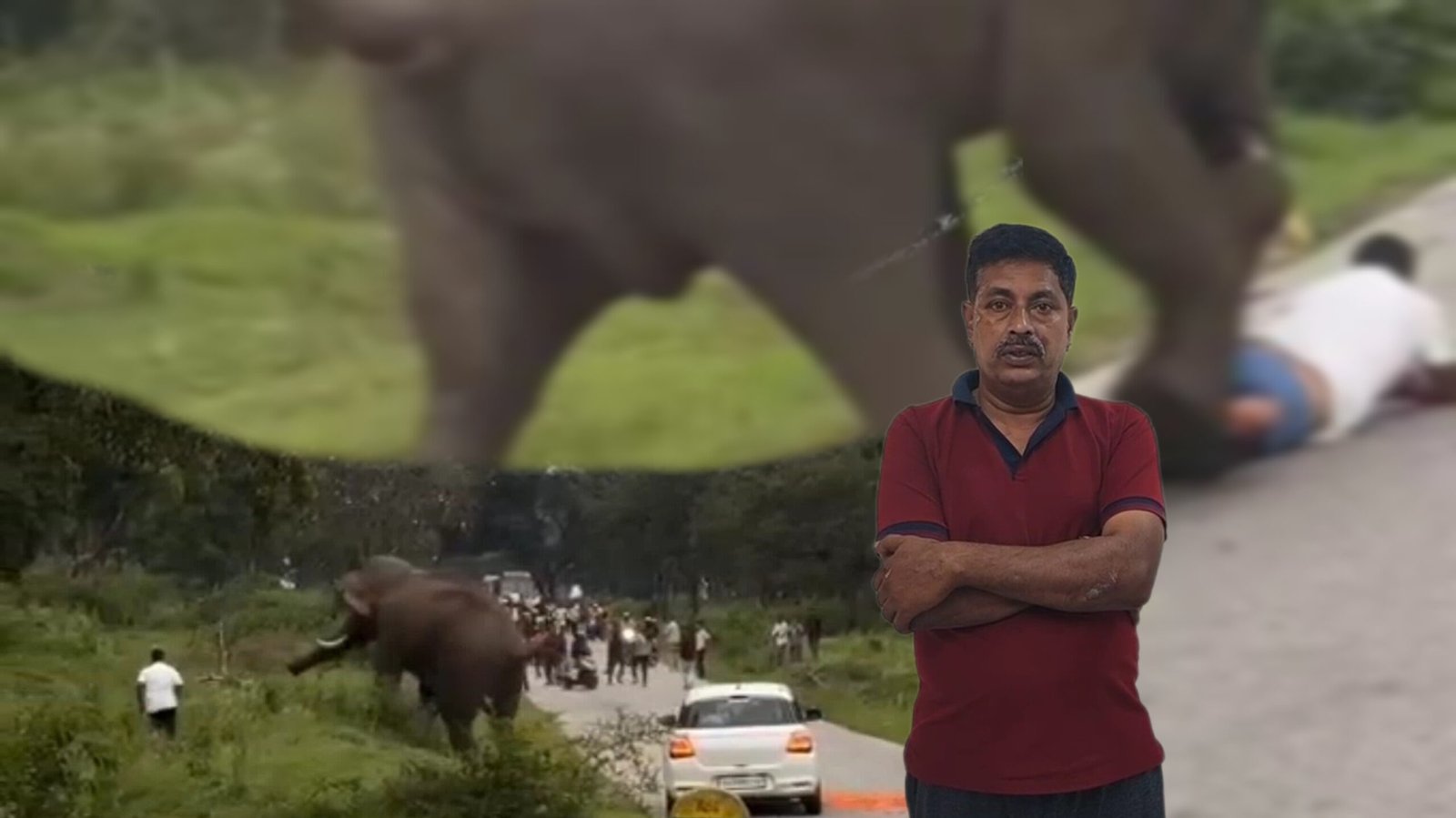Vijay, a 17-year-old male tiger and a star attraction at the Shivamogga Zoo and safari, passed away on February 25 due to age-related complications.
Vijay, a captive-bred tiger, had been experiencing health issues over the past month, including loss of appetite, lethargy, and muscle deterioration in his hind legs.
The zoo’s Executive Director, Amarakshara VM, remembered Vijay as a dedicated ambassador for nature education and a beloved fixture on the safari circuit. His passing leaves a significant void at the zoo.
Following Vijay’s death, the zoo’s tiger population now consists of four females: Dashami (17 years), Sita (16 years), Poornima (approximately 12 years), and Nivedita. The zoo will follow established protocols for the disposal of Vijay’s remains.




